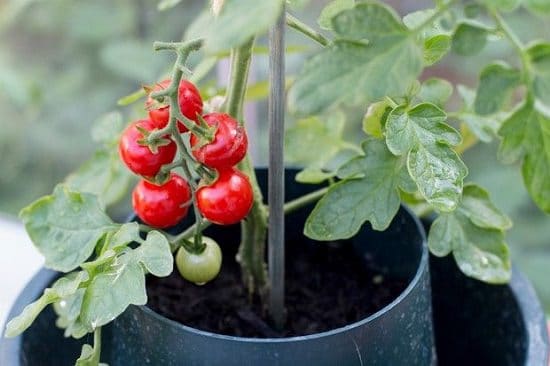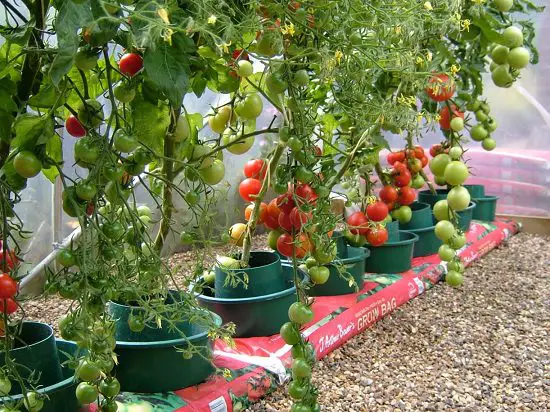Learn how to grow Ring Culture Tomatoes, to harvest juicy & plump tomatoes without worrying about root diseases and soil-borne pests!
If you are fond of growing tomatoes but also afraid of pests attacking your plant, then you must plant Ring Culture Tomatoes. It will help in preventing root diseases and soil-borne pests, helping them to thrive. Read in detail about how to use ring culture for tomatoes.
Also Read: How to Grow Tomatoes in Pots
How to Use Ring Culture for Tomatoes?
Under the ring-culture system, tomatoes are grown in a bottomless pot or ring in a partially submerged, water retaining base. This helps the tomatoes to root from the stem so they can get more nutrients and water than they take from growing bags. You can purchase the ready-made ring culture pots or make them on your own without any difficulty.
Items That You’ll Need for Making Ring Culture Pots
- Growing bag
- 20-25 cm diameter pot
- Pruning Shear
- A good quality peat-free compost
- You can make your ring by creating a hole at the bottom of a plastic container (20 cm diameter), or if you want to plant tomatoes in the growing bag, you can put the ring over it, after making a hole in the growing bag. Use secateurs as the cutting tool for the same.
- Plant the tomatoes in compost with a stake that will support the plant; you can use bamboo poles for stakes. After every 10-15 days, add a layer of compost until the pot is filled to the rim. Water the plants regularly in this period and boost your plants with liquid fertilizers once a week.
- Prune off any new tomato suckers from the plant so that large fruits are produced. This will also make your plant less cumbersome. Once the fruits start to develop, you should remove the leaves around it as they might obstruct the sunlight and result in unripe fruits.
Aggregate Bed for Setting up a Ring Culture

In this method, the water-retaining base is developed by using aggregates like gravel, hydroleca, or perlite. Prepare the retaining base 7-14 days before planting young tomatoes.
- Make sure to use clean soil, devoid of any debris. Examine the soil thoroughly to keep the aggregate safe from contamination.
- Set up the aggregate bed for planting tomatoes by digging a trench of 10-20 cm deep. Do not forget to make drainage holes, as standing water can harm the plants.
- Take a container (open at the base so that you could have access to the aggregate bed) and plant the tomatoes with the usual growing media.
- Locate the containers on the greenhouse floor. Keep them apart so that once the plants start to grow, the foliage of one plant does not interrupt the other.
- Relocate the containers on the aggregate bed, once the roots start to emerge at the bottom.
- Water the container twice or thrice a week to maintain the moisture in aggregate. Add a liquid fertilizer once in 10-14 days for healthy and productive growth.
Note: You can reuse the aggregate bed after carefully removing the roots of the plants of the previous crop.
How Ring Culture Helps Tomatoes?
 Ring culture forces plants into developing two root systems–one for the bottomless pots and another for the aggregate bed. Plants consume nutrition from the soil and water from the aggregate bed. A large volume of aggregates is covered up by roots; thus, roots absorb more nutrition and water.
Ring culture forces plants into developing two root systems–one for the bottomless pots and another for the aggregate bed. Plants consume nutrition from the soil and water from the aggregate bed. A large volume of aggregates is covered up by roots; thus, roots absorb more nutrition and water.



